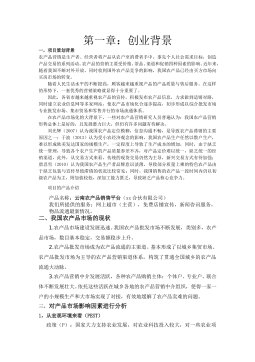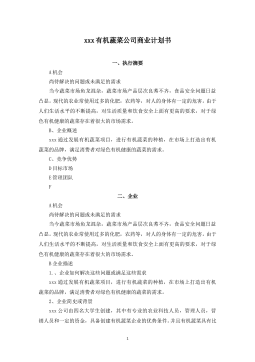商品期货价格波动性与价格操纵行为研究——以上期所橡胶和燃料油为例的实证研究
摘要中国商品期货市场经过二十年的发展,已逐渐步入规范发展的轨道。但在这二十年发展历程中也发生了数次对整个市场产生重大影响的期货价格操纵事件,这给我国期货市场带来了很大的打击,因此期货价格操纵问题成为了学术界研究的一个课题。本文借鉴了国内外相关的研究成果,采用理论分析和实证分析相结合的研究思路,以天然橡胶期货和燃料油期货价格为例,分析期货价格的波动性,并建立识别期货价格操纵嫌疑行为的方法。本文首先利用计量经济学模型对橡胶和燃料油期货的价格波动特性进行分析,找出“异常”波动状况,分析其风险;然后利用动态一致方程模型(DSEM)分别研究橡胶和燃料油期货市场和现货市场之间的价格引导关系。再根据天然橡胶...
相关推荐
-
我国基层财政困难的制度成因分析与对策研究VIP免费
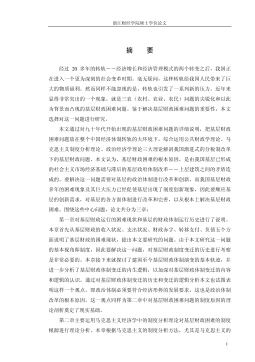
 2024-09-20 33
2024-09-20 33 -
我国煤电产业链纵向交易合约机制研究VIP免费
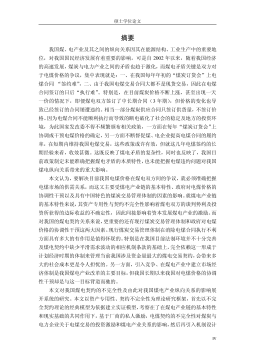
 2024-09-20 28
2024-09-20 28 -
生产要素视角下的上海市产业结构优化研究VIP免费
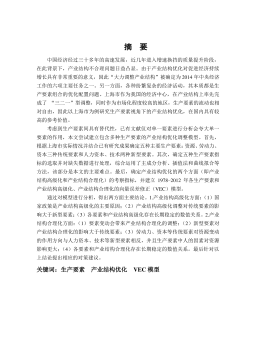
 2025-01-09 7
2025-01-09 7 -
我国银行业结构与经济结构关系研究VIP免费
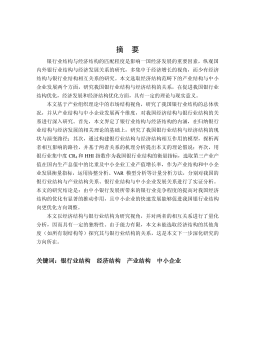
 2025-01-09 7
2025-01-09 7 -
大数据视角下农业供应链金融研究VIP免费

 2025-01-09 6
2025-01-09 6 -
跨国大型综合超市的规划研究VIP免费
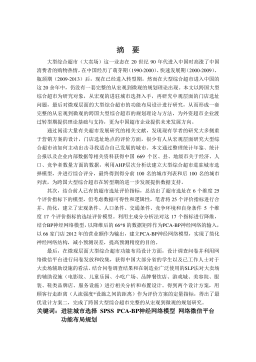
 2025-01-09 6
2025-01-09 6 -
跨境电商农产品质量安全问题研究VIP免费
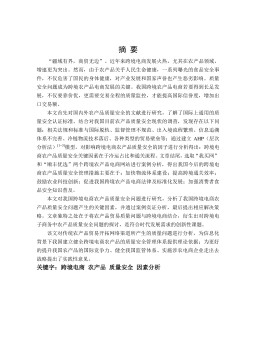
 2025-01-09 7
2025-01-09 7 -
世界市场的虚拟化与我国国际电子商务发展方向研究VIP免费
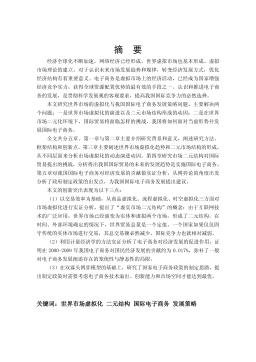
 2025-01-09 9
2025-01-09 9 -
中国政府对电力行业的价格规制问题研究VIP免费
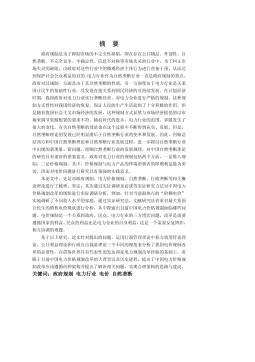
 2025-01-09 13
2025-01-09 13 -
中小企业信息化系统集成技术研究VIP免费

 2025-01-09 13
2025-01-09 13
相关内容
-

跨国大型综合超市的规划研究
分类:高等教育资料
时间:2025-01-09
标签:无
格式:PDF
价格:15 积分
-

跨境电商农产品质量安全问题研究
分类:高等教育资料
时间:2025-01-09
标签:无
格式:PDF
价格:15 积分
-

世界市场的虚拟化与我国国际电子商务发展方向研究
分类:高等教育资料
时间:2025-01-09
标签:无
格式:PDF
价格:15 积分
-

中国政府对电力行业的价格规制问题研究
分类:高等教育资料
时间:2025-01-09
标签:无
格式:PDF
价格:15 积分
-

中小企业信息化系统集成技术研究
分类:高等教育资料
时间:2025-01-09
标签:无
格式:PDF
价格:15 积分


